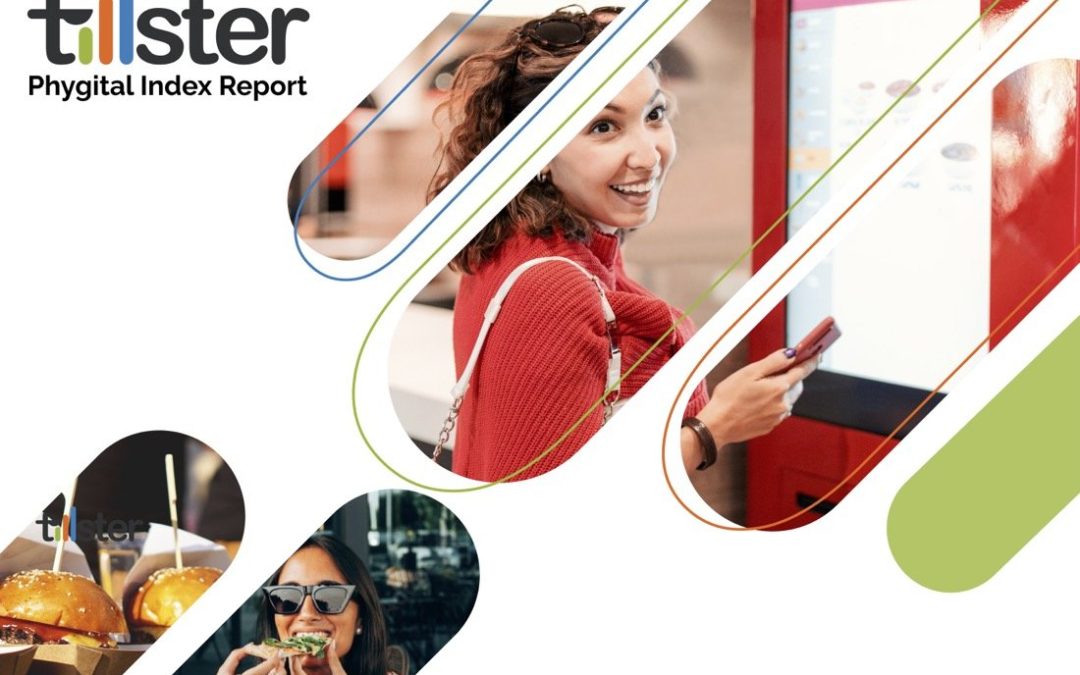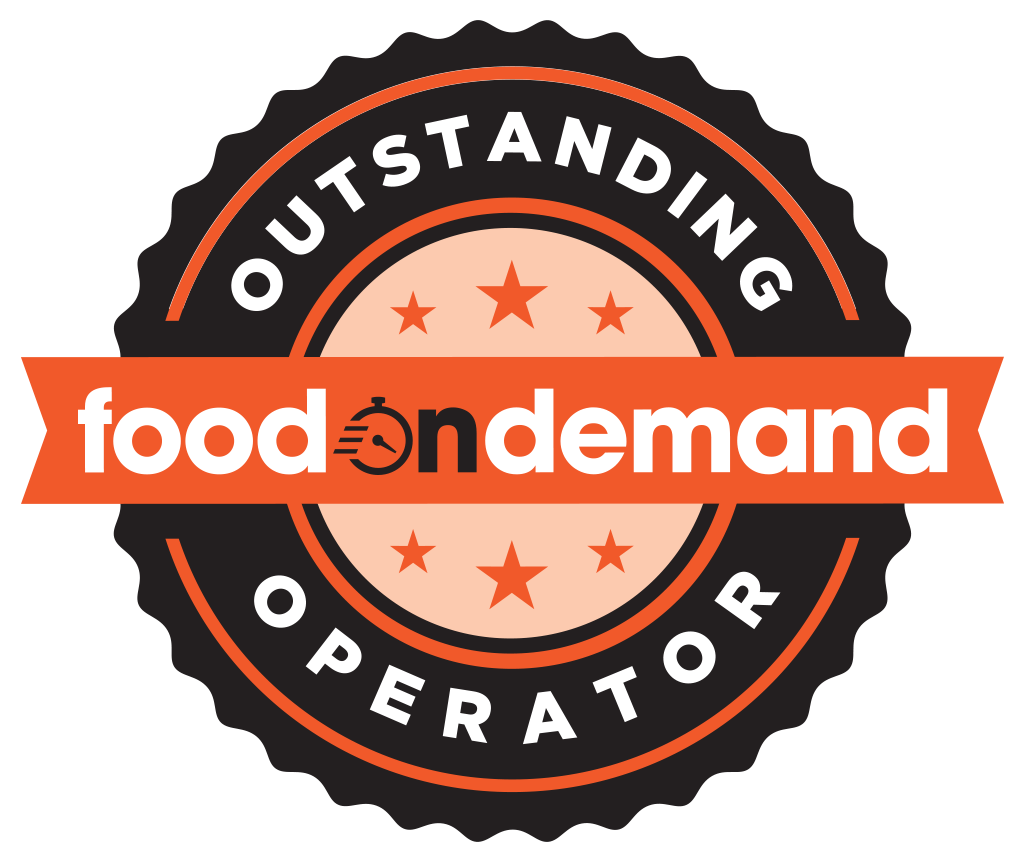
Hope Neiman, CMO at Tillster
Hope Neiman, the CMO at Tillster, the technology and loyalty-solutions provider for QSRs and fast-casual brands, has been around restaurant-industry data for many years. She doesn’t shock easily. Yet the results of the organization’s new Phygital Index Report jolted her.
“Sixty-one percent of the respondents said they wanted more kiosks,” she said. “I found that shocking.”
Consumers like the accuracy of kiosks
It’s not just that the percentage was higher than ever in this annual report, which gathered insights after surveying 1,500 QSR and fast-casual consumers. It’s the reasons why. Convenience is one. But that wasn’t the top response. Accuracy of orders was.
“That came out of the blue,” she said. “That was not the case in previous surveys. It speaks to some of the turnover that’s been happening in restaurants. With kiosks consumers can take control of their orders in a way that is comfortable. They don’t have to tell someone, No, I didn’t ask for that.”
Loyalty programs could be more generous
The results also revealed the importance of loyalty programs. Not just having them. Enticing consumers to use them.
“I was surprised that a third of the respondents didn’t belong to any loyalty programs,” she said.
Neiman believes brands should do more with rewards.
“I think a lot of consumers think, OK, will I ever get something? Maybe they’ll sign up but they won’t pay a lot of attention to it,” she said. “A lot of loyalty programs are just not strong enough.”
And they should be if they want to lock in consumer loyalty because the survey results indicate that consumers aren’t blindly loyal. One-third of diners reported that they have switched their favorite restaurants in the past year.
“What that says to me is personalization is important,” she said. “Consumers don’t just care about cost. They care about the quality of the food and how they are treated.”
Voice AI in drive-thrus is working plenty well
Respondents gave a thumbs-up to voice AI in drive-thrus. The affirmations broke down in predictable generational ways, with young consumers leading the way: 67 percent of Gen Z is cool with it, 63 percent of Millennials, 56 percent of Gen X, and 45 percent of Baby Boomers.
“I think that the satisfaction level will increase because it’s allowing more of that personalization,” she said.
C-stores continue their ascendance
The survey notes the real momentum of convenience stores. Twenty-four percent of diners said they visit C-stores more than they did a year ago. That’s higher than the share who visit QSRs (18 percent) or fast-casual chains (16 percent) more frequently than 12 months ago.
“C-stores are doing a good job at giving consumers another reason to stop in,” she said. “They’re offering opportunities to pick up a meal for a comparable price, maybe even a lower price, while picking up other items.”
If there is a grand takeaway from the results, Neiman suggests this: strive to deliver affordable joy.
“I think that is something brands can really dive into,” she said.


